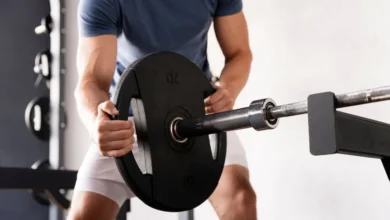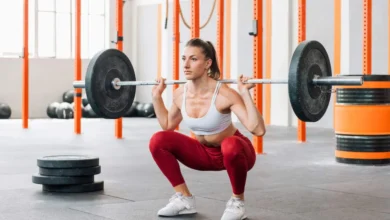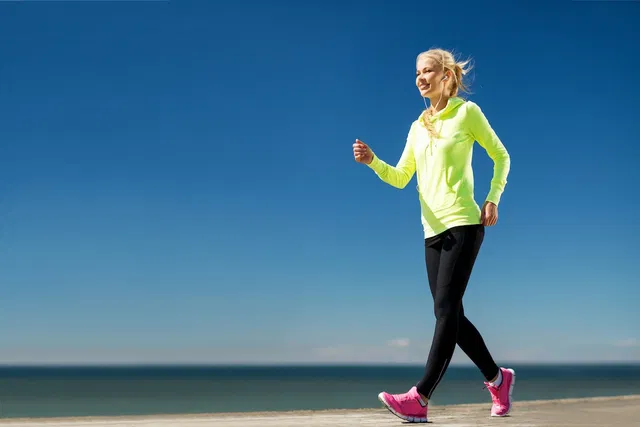The Importance of Flexibility and Mobility in Fitness

In the world of fitness, strength and endurance often take center stage, overshadowing two essential components: flexibility and mobility. While many people focus on lifting heavier weights or running longer distances, neglecting flexibility and mobility can hinder performance, increase the risk of injury, and limit overall physical potential. This article explores the significance of flexibility and mobility in fitness and how they contribute to a well-rounded exercise regimen.
Understanding Flexibility and Mobility
Flexibility refers to the ability of a muscle or muscle group to lengthen passively through a range of motion. It is crucial for achieving optimal posture and balance, as well as enhancing physical performance in various activities.
Mobility, on the other hand, encompasses flexibility but also involves the ability to move freely and easily within a joint’s range of motion. It combines strength, flexibility, and coordination, allowing individuals to perform movements efficiently and effectively.
Benefits of Flexibility and Mobility
- Injury Prevention: One of the most significant advantages of incorporating flexibility and mobility exercises into a fitness routine is the reduction of injury risk. Tight muscles and stiff joints can lead to strains, sprains, and other injuries during physical activity. Regular stretching and mobility work can help to lengthen muscles, improve joint function, and prepare the body for movement, thereby minimizing the likelihood of injuries.
- Improved Performance: Flexibility and mobility directly impact athletic performance. For instance, a more flexible athlete can achieve a greater range of motion in their movements, allowing for more effective execution of skills. Whether it’s a runner needing to maintain a full stride or a weightlifter requiring proper depth in a squat, flexibility and mobility can enhance overall performance across various sports and fitness activities.
- Enhanced Posture and Alignment: Poor posture can lead to a host of issues, including back pain, discomfort, and limited mobility. Flexibility and mobility exercises can improve muscle balance, promote better alignment, and alleviate tension in the body. This not only enhances aesthetic appearance but also contributes to overall health and well-being.
- Increased Blood Flow and Circulation: Stretching and mobility work can enhance blood flow to muscles and joints, promoting nutrient delivery and waste removal. This improved circulation aids recovery from intense workouts, reduces muscle soreness, and supports overall health.
- Better Mind-Body Connection: Flexibility and mobility training often incorporates mindful movement, fostering a deeper connection between the mind and body. This practice encourages individuals to tune in to their physical sensations, improving body awareness and promoting relaxation. Activities like yoga and Pilates exemplify how flexibility and mobility work can be both physically and mentally beneficial.
How to Incorporate Flexibility and Mobility into Your Routine
To reap the benefits of flexibility and mobility, it’s essential to integrate these practices into your fitness routine effectively. Here are some strategies:
- Dynamic Stretching: Incorporate dynamic stretches during warm-ups to prepare the body for activity. Movements like leg swings, arm circles, and torso twists can increase blood flow and enhance mobility.
- Static Stretching: After workouts, engage in static stretching to lengthen muscles and improve flexibility. Hold stretches for at least 15-30 seconds to achieve the best results.
- Foam Rolling: Use foam rollers or massage balls to release tension in tight muscles and fascia. This self-myofascial release technique can improve mobility and enhance recovery.
- Mobility Drills: Implement specific mobility drills targeting key joints, such as the hips, shoulders, and ankles. Exercises like hip openers, shoulder dislocates, and ankle circles can help improve overall range of motion.
- Regular Practice: Consider incorporating yoga or Pilates into your weekly routine. Both practices focus heavily on flexibility and mobility while promoting strength and balance.



